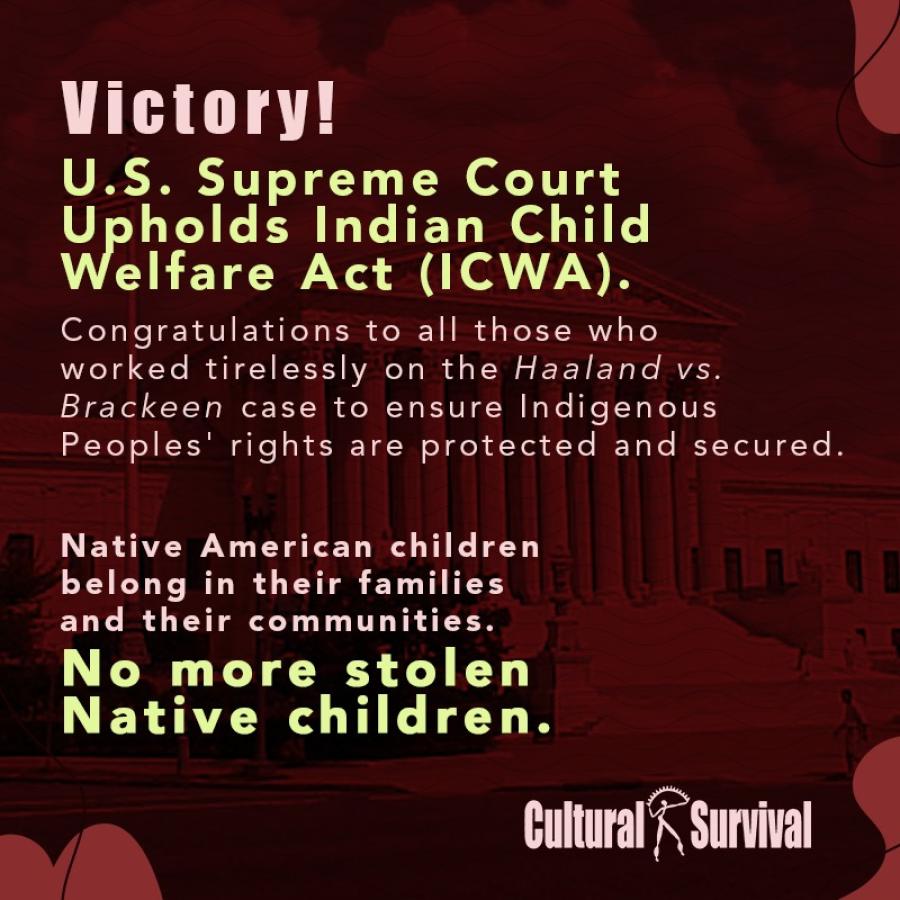The Diné (Navajo) people of Black Mesa in northeastern Arizona are among the most traditional indigenous peoples within the United States and their history is one of ongoing struggle to preserve their culture, land, water, and way of life.
Among the Diné, sheepherding and weaving are primarily women's activities, and are vital in defining and maintaining cultural identity and health. They are also a primary means of economic sustenance through the generations: great-grandmothers, grandmothers, mothers, young adults, adolescents, and children are all involved. The Diné population of Black Mesa and vicinity is the most traditional part of the Diné Nation. The heritage of caring for livestock -- especially the rare and endangered churro sheep bred by and sacred to the Diné (the "oldtime Navajo sheep") and the ecosystem that sustains these animals (land, water, plants) -- has been developed and maintained on Black Mesa for hundreds of years. This heritage has been seriously impacted by events of the last 30 years. Since 1970, a slurry line has used the region's only source of drinking water to transport coal. The Black Mesa region was partitioned between the Hopi Tribe and the Navajo Nation shortly thereafter (in 1974).
Congress's passage in 1996 of the Accommodation Agreement, which provides for the continued residence of Diné still living on Hopi Partitioned Land, has sharpened problems while opening up new opportunities for problem-solving.
Black Mesa Weavers for Life and Land was cofounded in 1998 by a group of Diné as a grassroots nonprofit cooperative association whose purpose is to better the economic and social conditions of the Black Mesa Diné through preservation of traditional lifeways based on sheepherding and through the sale of their products -- primarily wool and weavings.
Faced with the problems of economic and cultural survival in a fragile and threatened ecosystem, the project's strategy is based on empowerment of local communities and the expansion of a traditional economy within the contemporary marketplace through sustainable development and a proactive approach.
The Project's Goals and Achievements
(1) We ensure that fair prices are paid directly to the weavers and wool growers.
(2) We have established a general fund that meets humanitarian needs, such as payment of livestock grazing fees for people who cannot afford them, payment of impoundment fees to the Bureau of Indian Affairs to redeem confiscated livestock, and the purchase of hay to feed livestock during drought and other emergency conditions.
(3) We have identified and tapped into a major niche market worldwide for Diné churro wool, mohair, and other related value-added products. Instead of the 4-6 cents per pound their raw fleece goes for in northern Arizona, the Diné now receive fair prices of $3-$5 per pound for their wool and mohair, which sell on the national and international market at $6-$9 per pound. And the Diné are poised to enter this market on a much wider scale. Black Mesa Weavers for Life and Land is to our knowledge the only nonprofit enterprise directly marketing Black Mesa Diné churro wool and mohair to handspinners and weavers worldwide, and the economic potential is good. The public's appreciation of Diné wool and weavings has had a positive effect on Diné of all ages, giving them renewed hope and enhanced self-respect.
(4) We have recently launched a program to identify and register all Navajo-churro sheep on Black Mesa; it can be expanded throughout the Navajo Nation. Together with ongoing sales of wool and weavings, this program is a crucial step toward cultural and economic empowerment through preservation of traditional Diné lifeways.
(5) As a grassroots cooperative association, the project has been able to work closely with the International Human Rights Advocacy Center at the University of Denver, Colorado and has been successful in negotiating for individuals facing problems with livestock grazing permits or federal and tribal agencies.
(6) We have formed important relationships and partnerships with other groups working to develop markets and value-added products for the Navajo-churro breed, to protect and conserve it, and to maintain its genetic diversity.
(7) We are cooperating with Hopi groups to protect and preserve the environment and the region's ecosystem. New community resources and cooperative ventures on Black Mesa may become teaching models of ecosystem restoration and cultural revitalization, for healing and hozho (wholeness, balance, well being, health). (See also Halberstadt's article in Cultural Survival Voices 1:1.)
Article copyright Cultural Survival, Inc.



